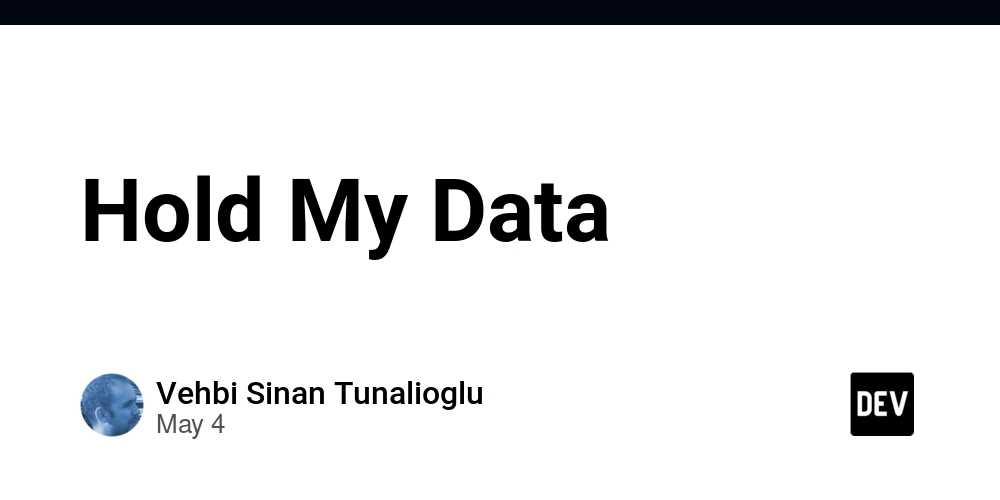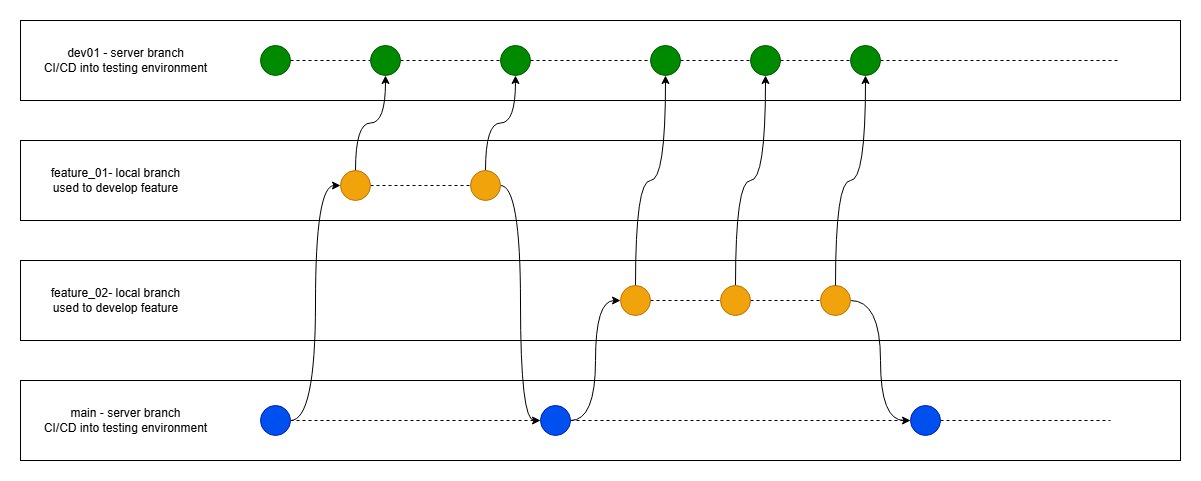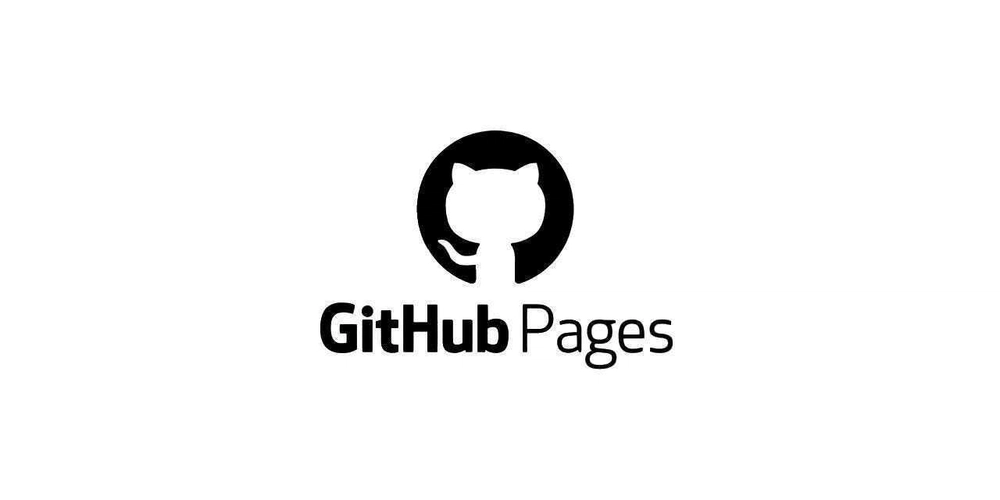How to Manage Authentication in a GraphQL API in 2025?
In the rapidly evolving landscape of web development, managing authentication in a GraphQL API is crucial for securing data and ensuring a seamless user experience. With the growth of microservices and serverless architectures, it's more important than ever to implement robust authentication mechanisms. Here’s a comprehensive guide on managing authentication in a GraphQL API in 2025. Understanding GraphQL and Authentication GraphQL, a query language for APIs, allows clients to request only the data they need. This flexibility makes it popular in modern web applications. However, it also introduces unique challenges in securing endpoints and managing user access. Authentication in a GraphQL API typically involves verifying the identity of a user or service interacting with the API. Once verified, the API can authorize the user to access specific resources or perform certain actions. Key Concepts in Authentication for GraphQL Authentication vs. Authorization: Authentication: The process of verifying who a user is. Authorization: Determining what a user is allowed to do. Tokens: JSON Web Tokens (JWT) are commonly used for implementing authentication in GraphQL APIs. They allow you to encapsulate user data and token metadata securely. Middlewares: Use authentication middleware to intercept requests and manage authentication logic efficiently. Strategies for Authentication in 2025 1. Implementing JWT Authentication JWT remains a popular choice for GraphQL due to its stateless nature, making it highly suitable for distributed systems. Step 1: Issue a JWT upon successful login. Step 2: Require clients to include this token in the Authorization header for subsequent requests. Step 3: Use middleware to decode and verify the JWT. 2. OAuth 2.0 and OpenID Connect For applications that require interaction with third-party services, OAuth 2.0 in combination with OpenID Connect is the go-to standard. Use Cases: Social logins, service integrations. Flow: Redirect users to an identity provider (IdP) for authentication and receive an access token upon approval. 3. Role-based and Attribute-based Access Control Define user roles and permissions to streamline authorization. Role-based Access Control (RBAC): Assign permissions based on user roles. Ideal for straightforward permission management. Attribute-based Access Control (ABAC): Consider attributes (e.g., user department, location) for more granular control. 4. Managing Sessions Securely While stateless authentication is preferred, some applications may require sessions for stateful interactions: Utilize secure, HttpOnly cookies for session management. Ensure sessions include anti-CSRF tokens. 5. Integrating Biometrics and Passwordless Authentication As we progress into 2025, biometrics and passwordless authentication methods such as WebAuthn are becoming attractive alternatives for enhancing user experience and security. Enhancing Security Measures Rate Limiting: Protect your API from abuse with rate limiting. Audit Logging: Implement logging for monitoring authentication-related events. Encryption: Use TLS/SSL for encrypting data in transit. Useful Resources Learn about GraphQL Mutation Query in Django Understand Programmatically Creating a GraphQL Request Explore Using Regex in GraphQL Query with Gatsby Conclusion Effective management of authentication in a GraphQL API involves a combination of robust strategies and modern technologies. By implementing secure authentication methods, respecting user privacy, and staying updated with current trends, you can protect your application and provide a seamless experience to your users in 2025.

In the rapidly evolving landscape of web development, managing authentication in a GraphQL API is crucial for securing data and ensuring a seamless user experience. With the growth of microservices and serverless architectures, it's more important than ever to implement robust authentication mechanisms. Here’s a comprehensive guide on managing authentication in a GraphQL API in 2025.
Understanding GraphQL and Authentication
GraphQL, a query language for APIs, allows clients to request only the data they need. This flexibility makes it popular in modern web applications. However, it also introduces unique challenges in securing endpoints and managing user access.
Authentication in a GraphQL API typically involves verifying the identity of a user or service interacting with the API. Once verified, the API can authorize the user to access specific resources or perform certain actions.
Key Concepts in Authentication for GraphQL
-
Authentication vs. Authorization:
- Authentication: The process of verifying who a user is.
- Authorization: Determining what a user is allowed to do.
Tokens: JSON Web Tokens (JWT) are commonly used for implementing authentication in GraphQL APIs. They allow you to encapsulate user data and token metadata securely.
Middlewares: Use authentication middleware to intercept requests and manage authentication logic efficiently.
Strategies for Authentication in 2025
1. Implementing JWT Authentication
JWT remains a popular choice for GraphQL due to its stateless nature, making it highly suitable for distributed systems.
- Step 1: Issue a JWT upon successful login.
- Step 2: Require clients to include this token in the Authorization header for subsequent requests.
- Step 3: Use middleware to decode and verify the JWT.
2. OAuth 2.0 and OpenID Connect
For applications that require interaction with third-party services, OAuth 2.0 in combination with OpenID Connect is the go-to standard.
- Use Cases: Social logins, service integrations.
- Flow: Redirect users to an identity provider (IdP) for authentication and receive an access token upon approval.
3. Role-based and Attribute-based Access Control
Define user roles and permissions to streamline authorization.
- Role-based Access Control (RBAC): Assign permissions based on user roles. Ideal for straightforward permission management.
- Attribute-based Access Control (ABAC): Consider attributes (e.g., user department, location) for more granular control.
4. Managing Sessions Securely
While stateless authentication is preferred, some applications may require sessions for stateful interactions:
- Utilize secure, HttpOnly cookies for session management.
- Ensure sessions include anti-CSRF tokens.
5. Integrating Biometrics and Passwordless Authentication
As we progress into 2025, biometrics and passwordless authentication methods such as WebAuthn are becoming attractive alternatives for enhancing user experience and security.
Enhancing Security Measures
- Rate Limiting: Protect your API from abuse with rate limiting.
- Audit Logging: Implement logging for monitoring authentication-related events.
- Encryption: Use TLS/SSL for encrypting data in transit.
Useful Resources
- Learn about GraphQL Mutation Query in Django
- Understand Programmatically Creating a GraphQL Request
- Explore Using Regex in GraphQL Query with Gatsby
Conclusion
Effective management of authentication in a GraphQL API involves a combination of robust strategies and modern technologies. By implementing secure authentication methods, respecting user privacy, and staying updated with current trends, you can protect your application and provide a seamless experience to your users in 2025.






































































































































































![[The AI Show Episode 145]: OpenAI Releases o3 and o4-mini, AI Is Causing “Quiet Layoffs,” Executive Order on Youth AI Education & GPT-4o’s Controversial Update](https://www.marketingaiinstitute.com/hubfs/ep%20145%20cover.png)



























































































































![[DEALS] Microsoft 365: 1-Year Subscription (Family/Up to 6 Users) (23% off) & Other Deals Up To 98% Off – Offers End Soon!](https://www.javacodegeeks.com/wp-content/uploads/2012/12/jcg-logo.jpg)




![From Art School Drop-out to Microsoft Engineer with Shashi Lo [Podcast #170]](https://cdn.hashnode.com/res/hashnode/image/upload/v1746203291209/439bf16b-c820-4fe8-b69e-94d80533b2df.png?#)








































































































(1).jpg?#)
































_Inge_Johnsson-Alamy.jpg?width=1280&auto=webp&quality=80&disable=upscale#)














































































































![Apple to Split iPhone Launches Across Fall and Spring in Major Shakeup [Report]](https://www.iclarified.com/images/news/97211/97211/97211-640.jpg)
![Apple to Move Camera to Top Left, Hide Face ID Under Display in iPhone 18 Pro Redesign [Report]](https://www.iclarified.com/images/news/97212/97212/97212-640.jpg)
![Apple Developing Battery Case for iPhone 17 Air Amid Battery Life Concerns [Report]](https://www.iclarified.com/images/news/97208/97208/97208-640.jpg)
![AirPods 4 On Sale for $99 [Lowest Price Ever]](https://www.iclarified.com/images/news/97206/97206/97206-640.jpg)

































![[Updated] Samsung’s 65-inch 4K Smart TV Just Crashed to $299 — That’s Cheaper Than an iPad](https://www.androidheadlines.com/wp-content/uploads/2025/05/samsung-du7200.jpg)


































































